No products in the cart.
8 Days : Casablanca via Meknes
8 Days : Casablanca, Essaouira, Marrakesh, Ouarzazate, Merzouga, Fes, Casablanca via Meknes
Category: Casablanca Tours Departures
Tags: Casablanca, Essaouira, Fes, Marrakesh, Meknes, Merzouga, Ouarzazate
Casablanca is the largest city in the Maghreb region and the eighth-largest in the Arab world. Casablanca is Morocco’s chief port and one of the largest financial centers in Africa. The area which is today Casablanca was founded and settled by Berbers(Bourghawata) by at least the seventh century . It was used as a port by the Phoenicians and later the Romans. The Hassan II Mosque, which is the second largest mosque in Africa and the seventh largest in the world, is the city’s main tourist attraction.Visitors also come to see the city’s rich architectural heritage. Popular sites for national tourism include shopping centers such as Morocco Mall, Anfa Place, the Marina Shopping Center, and the Tachfine Center. Additional sites include the Corniche and the beach of Ain Diab, and parks such as the Arab League Park or the Sindibad theme park. We take coast raod to el jadida, old city has a very « un-Moorish » appearance because of its massive Portuguese-built walls of hewn stone, The Portuguese Fortified City of Mazagan was registered as a UNESCO World Heritage Site in 2004, on the basis of its status as an « outstanding example of the interchange of influences between European and Moroccan cultures » and as an « early example of the realisation of the Renaissance ideals integrated with Portuguese construction technology ». According to UNESCO, the most important buildings from the Portuguese period are the cistern, and the Manueline ChuPortuguese cistern. Through safi Safi, under the name Safim (Zaffim or Asfi), is one of the oldest cities in Morocco, Under the Almohads it functioned as an important port to the capital Marrakesh. The city was occupied by the Portuguese Empire from 1488 to 1541, was the center of Morocco’s weaving industry, and became a fortaleza of the Portuguese Crown ; and other small villages along the atlantic ocean we arrive to essaouira. Essaouira has long been considered as one of the best anchorages of the Moroccan coast ; Essaouira remains one of the major fishing harbours of Morocco. Essaouira is also renowned for its kitesurfing and windsurfing, with the powerful trade wind blowing almost constantly onto the protected, almost waveless, bay. Several world-class clubs rent top-notch material on a weekly basis. The township of Sidi Kaouki is located 25 km south of Essaouira and is becoming one of the best locations in Morocco for surfing, windsurfing and kitesurfing. There are several businesses in Sidi Kaouki which offer gear rental. The medina and the Jewish quarter (or mellah) is home to many small arts and crafts businesses, notably cabinet making and ‘thuya’ wood-carving (using roots of the Tetraclinis tree), both of which have been practised in Essaouira for centuries. As we leave to Marrakech,we leave the last signs of the Argan trees. we drive through lush valleys filled with orange groves, ancient olive trees and working farms as we drive to the first palm trees of marrakesh( overnight) Almoravid Empire. The Marrakesh was founded in 1070 by Emir Abu Bakr ibn Umar as the imperial capital of the city was one of Morocco’s four imperial cities. In the 12th century, The red walls of the city, built by Ali ibn Yusuf in 1122–1123, and various buildings constructed in red sandstone during this period, have given the city the nickname of the « Red City » or « Ochre City ». Marrakesh grew rapidly and established itself as a cultural, religious, and trading center for the Maghreb and sub-Saharan Africa. Jemaa el-Fnaa is the busiest square in Africa. Marrakesh comprises an old fortified city packed with vendors and their stalls. This medina quarter is a UNESCO World Heritage Site. Today it is one of the busiest cities in Africa and serves as a major economic center and tourist destination. Saadian sultans Abu Abdallah al-Qaim and Ahmad al-Mansur, embellish the city with sumptuous palaces such as the El Badi Palace (1578) and restored many ruined monuments. Beginning in the 17th century, the city became popular among Sufi pilgrims for its seven patron saints who are entombed here. Places to visit : 1 – Jemaa el fnaa -The Jemaa el-Fnaa is one of the best-known squares in Africa and is the centre of city activity and trade. It has been described as a « world-famous square », « a metaphorical urban icon, a bridge between the past and the present 2 – Souks -Marrakesh has the largest traditional market in Morocco and the image of the city is closely associated with its souks principal shopping attraction, historically the souks of Marrakesh were divided into retail areas for particular goods such as leather, carpets, metalwork and pottery. 3 – City gates and walls -The ramparts of Marrakesh, which stretch for some 19 kilometres -around the medina of the city, were built by the Almoravids in the 12th century as protective fortifications. The walls are made of a distinct red (ochre) , giving the city its nickname as the « red city »; they stand up to (5.8 m) high and have 20 gates and 200 towers along them. -Gates : Bab Agnaou , Bab doukala,Bab lkhmis,Bab e-rob, Bab adbagh. 4 – Gardens – The Menara gardens are the botanical gardens to the west of Marrakesh – The Majorelle Garden, on Avenue Yacoub el Mansour, was at one time the home of the landscape painter Jacques Majorelle – The Agdal Gardens, south of the medina and also built in the 12th century, are royal orchards surrounded by pise walls – The Koutoubia Gardens are behind the Koutoubia Mosque. They feature orange and palm trees 5 – Palaces -The El Badi Palace flanks the eastern side of the Kasbah. It was built by Saadian sultan Ahmad al-Mansur-The Royal Palace, also known as Dar el-Makhzen, is next to the Badi Palace.-The Bahia Palace, set in extensive gardens, was built in the late 19th century by the Grand Vizier of Marrakesh, Si Ahmed ben Musa 6 – Tombs – The Saadian Tombs were built in the 16th century as a royal necropolis for the Saadian sultans and their family members. It is next to the south wall of the Kasbah Mosque – The medina holds the tombs of the seven patron saints of the city, which are visited every year by pilgrims 7 – Mellah – The Mellah of Marrakesh is the old Jewish Quarter (Mellah) of the city, located is in the kasbah area of the city’s medina, east of Place des Ferblantiers. It was created in 1558 Overnight in marrakesh After breakfast we continue across the Tizi-n-Tichka Pass (2260m). Stopping along the way for photos and enjoying the panoramic views of High Atlas Mountains along with Berber villages located alongside the road. We arrive to famous kasbah telouat the ancient residence of el glaoui familly(the lord of atlas),through ounila valley where the river has transformed the landscape. A rich variety of green crops line the valley floor, contrasting with the rusty red rock of the canyon-like walls, we arrive to the magnificients kasbahs , tamdakht and ait ben haddou (Recognized as a UNESCO site, the Ksar Aït Benhaddou in Ouarzazate is one of the most extraordinary Kasbahs in Morocco Centre where movies such as Gladiator and Jesus of Nazareth were filmed.) After lunch we continue to ouarzazate , the city has been the chosen filming location for everything from the classic Lawrence of Arabia, to the big box office success The Mummy and even smaller indie flicks like Salmon Fishing in the Yemen. But what really drew attention to the area, was the recent choice to film various scenes of Game of Thrones, Season 3 in the area ; last visit it’s for kasbah taourirt ( citadel in the centre of Ouarzazate. It was the official residence of the Glaoui family who owned the valuable trade routes between Marrakech and the Sahara. Their powerful stronghold on this important economic belt allowed them to build the formidable Taourirt which was probably the largest of their kasbahs.) Overnight in hotel. Leaving early in morning ouarzazate ,through skoura(Skoura is a fertile oasis lined with immense palm groves. The Kasbah Amerhidil is part of Skoura palm grove alongside more), we arrive to roses valley , stop photos in mgoun river (kasbahs,gardens,bérbér daily…..), River flows through the valley quenching a miraculous, winding path of fruit, walnut, wheat, silver birch and almond trees,we continue to to tinghir , visit gorges of todra(canyons), through tinjdad , arfoud famous for its fossilized marbles we arrive to merzouga and the desert where you can watch the sunset over the dunes. Dinner and overnight at the berber tent in bivouac. We will wake up early to enjoy a magnificent sunrise on the dunes ; After showering and breakfast we’ll leave for Fez. towards Rissani where we will make a short visit to Zawiya Moulay Ali Ash-Sharif (Mausoleum that allows the entrance to non-Muslims, very interesting for its arcades and its mosaics ;through aoufous exactly in oulad chaker admering a view from the the top of the palm grove, via the Ziz Valley and gorges of ziz we arrive to middele atlas montains and many berber villages and cities , we note the Atlas cedar , Barbary macaque and important for biodiversity ; It is the second largest city in Morocco after Casablanca, Fez was founded under Idrisid rule during the 8th-9th centuries centuries. It initially consisted of two autonomous and competing settlements. Successive waves of mainly Arab immigrants from Tunisia , egypt and al-Andalus (Spain/Portugal) in the early 9th century gave the nascent city its Arab character. other empires came and went, 11th century when the Almoravid Sultan Yusuf ibn Tashfin united the two settlements into what is today’s Fes el-Bali quarter, the Marinid era (13th-15th centuries), regaining its status as political capital. Numerous new madrasas and mosques were constructed, In 1276 the Marinid sultan Abu Yusuf Yaqub also founded the royal administrative district of Fes el-Jdid, where the royal palace is still located today, to which extensive gardens were later added. During this period the Jewish population of the city grew and the Mellah (Jewish quarter) was formed on the south side of this new district, -Madrasas : The city has traditionally retained the influential position as a religious capital in the region, exemplified by the Madrasa (or University) : –Qarawiyyin which was established in 859 by Fatima al-Fihri originally as a mosque — the Saffarin Madrasa in Fes el Bali by Sultan Abu Yusuf in 1271. Sultan Abu al-Hassan was the most prolific patron of madrasa construction. — Cherratine Madrasa commissioned by the Alaouite sultan Al-Rashid in 1670, which is the only major non-Marinid foundation besides the Madrasa of al-Qarawiyyin. -City walls and gates : The entire medina of Fez was heavily fortified with crenelated walls with w atchtowers and gates ,The gates of Fez, scattered along the circuit of walls, were guarded by the military detachments and shut at night. Some of the main gates have existed, in different forms, since the earliest years of the city. The oldest gates today, and historically the most important ones of the city, are Bab Mahrouk (in the west), Bab Guissa (in the northeast), and Bab Ftouh (in the southeast). – Forts and kasbahs – Along with the city walls and gates, several forts were constructed along the defensive perimeters of the medina during the different time periods. The military watchtowers built in its early days during the Idrisid era were relatively small. 13 kasbahs were constructed surrounding the old city. Among the most prominent among them is the Kasbah An-Nouar, located at the western or north-western tip of Fes el-Bali, and the Kasbah Cherarda, built by the Alaouite sultan Moulay al-Rashid just north of Fes Jdid, Other kasbahs include the Kasbah Tamdert, built by the Saadis near Bab Ftouh, – Tanneries : – Since the inception of the city, tanning industry has been continually operating in the same fashion as it did in the early centuries. Today, the tanning industry in the city is considered one of the main tourist attractions. – Gardens : The Jnane Sbile Garden was created as a royal park and garden in the 19th century by Sultan Moulay Hassan between Fes el-Jdid and Fes el-Bali. Other gardens also exist within the grounds of the historic royal palaces of the city, such as the Agdal and Lalla Mina Gardens in the Dar al-Makhzen or the gardens of the Dar al-Beida (originally attached to Dar Batha) – Funduqs/foundouks : The old city of Fez includes more than a hundred funduqs or foundouks (traditional inns, or urban caravanserais) –the Funduq al-Najjariyyin, which was built in the 18th century by Amin Adiyil to provide accommodation and storage for merchants and which now houses the Nejjarine Museum of Wooden Arts & Crafts. — the Funduq Shamma’in (also spelled Foundouk Chemmaïne) and the Funduq Staouniyyin (or Funduq of the Tetouanis), both dating from the Marinid era or earlier, and the Funduq Sagha which is contemporary with the Funduq al-Najjariyyin. – Historic palaces and residences Many old private residences have also survived to this day, in various states of conservation. private houses include the Dar al-Alami, Dar Saada (now a restaurant), Dar ‘Adiyil, Dar Belghazi, Dar Batha is a former palace completed by the Alaouite Sultan Moulay Abdelaziz (ruled 1894-1908) and turned into a museum in 1915. After breakfast , we go to visit meknes, the sixth largest city by population in the kingdom. Founded in the 11th century by the Almoravids as a military settlement, Meknes became the capital of Morocco under the reign of Sultan Moulay Ismaïl (el-Hedim Square (Place el-Hedim) is a vast plaza at the southern end of the old city, before the main gates of Moulay Isma’il’s former royal palace complex, Madrasa Bou Inania: The city’s most famous madrasa (school for higher learning in Islamic sciences) was established by the Marinid sultan Abu al-Hasan in 1335-36, – Bab Mansur al-‘Alj: The most famous gateway of the city (also known as Bab Mansour or Bab el-Mansur), this gate overlooks the southern end of Place el-Hedim and acted as the ceremonial grand entrance to the Kasbah of Moulay Isma’il.) Through rabat the capital city of Morocco and the country’s seventh largest city, Rabat is located on the Atlantic Ocean at the mouth of the river Bou Regreg, opposite Salé, the city’s main commuter town. Rabat and neighboring Salé united to form the Republic of Bou Regreg in 1627.The republic was run by Barbary pirates who used the two cities as base ports for launching attacks on shipping. The heart of the city consists of three parts: the Medina (old town); the Oudayas and Hassan both located to meet the Bou Regreg; and the Atlantic Ocean we arrive to the hotel in casablanca , overnight. 8 Days : Casablanca, Essaouira, Marrakesh, Ouarzazate, Merzouga, Fes, Casablanca via Meknes
Overnight in fes.
| test | testaaa |
|---|---|
| age | Adult |
Be the first to review “8 Days : Casablanca via Meknes” Annuler la réponse
TTTESTTT
Related products
Day Trip in Marrakech
€29.00
Ouarzazate Tours Departures
Essaouira Tours Departures
Essaouira Tours Departures
Marrakech Tours Departures
6 Days : Marrakesh – Ait Ben Haddou – Merzouga – Meknes – Marrakesh
Ouarzazate Tours Departures
Ouarzazate Tours Departures
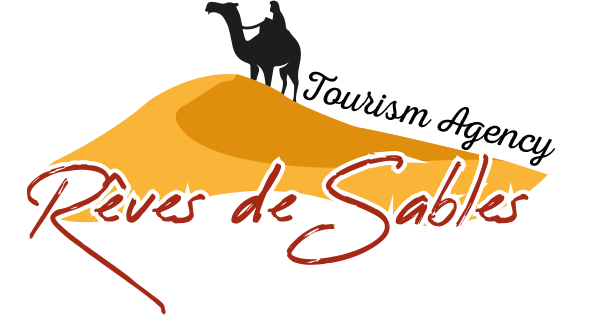
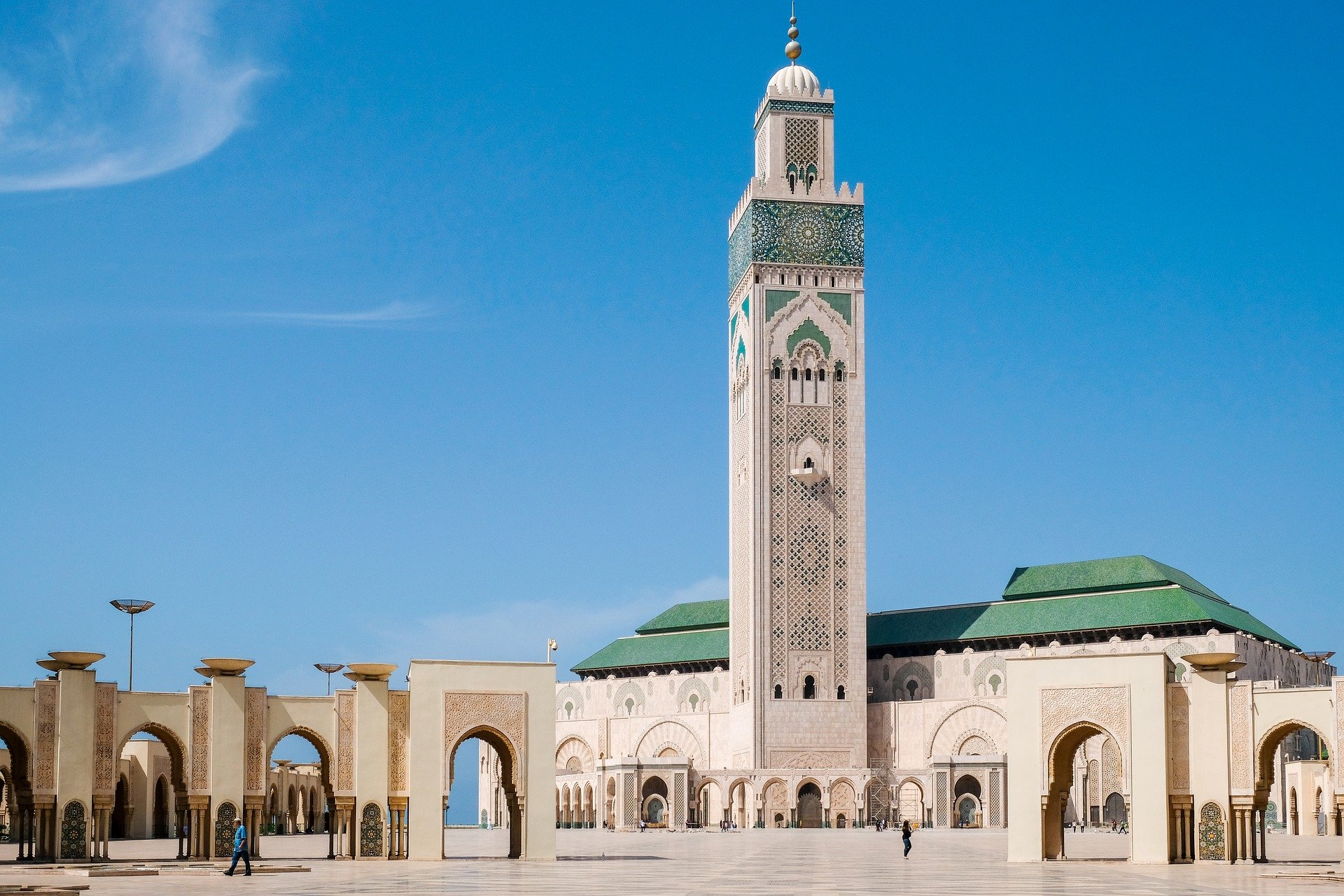
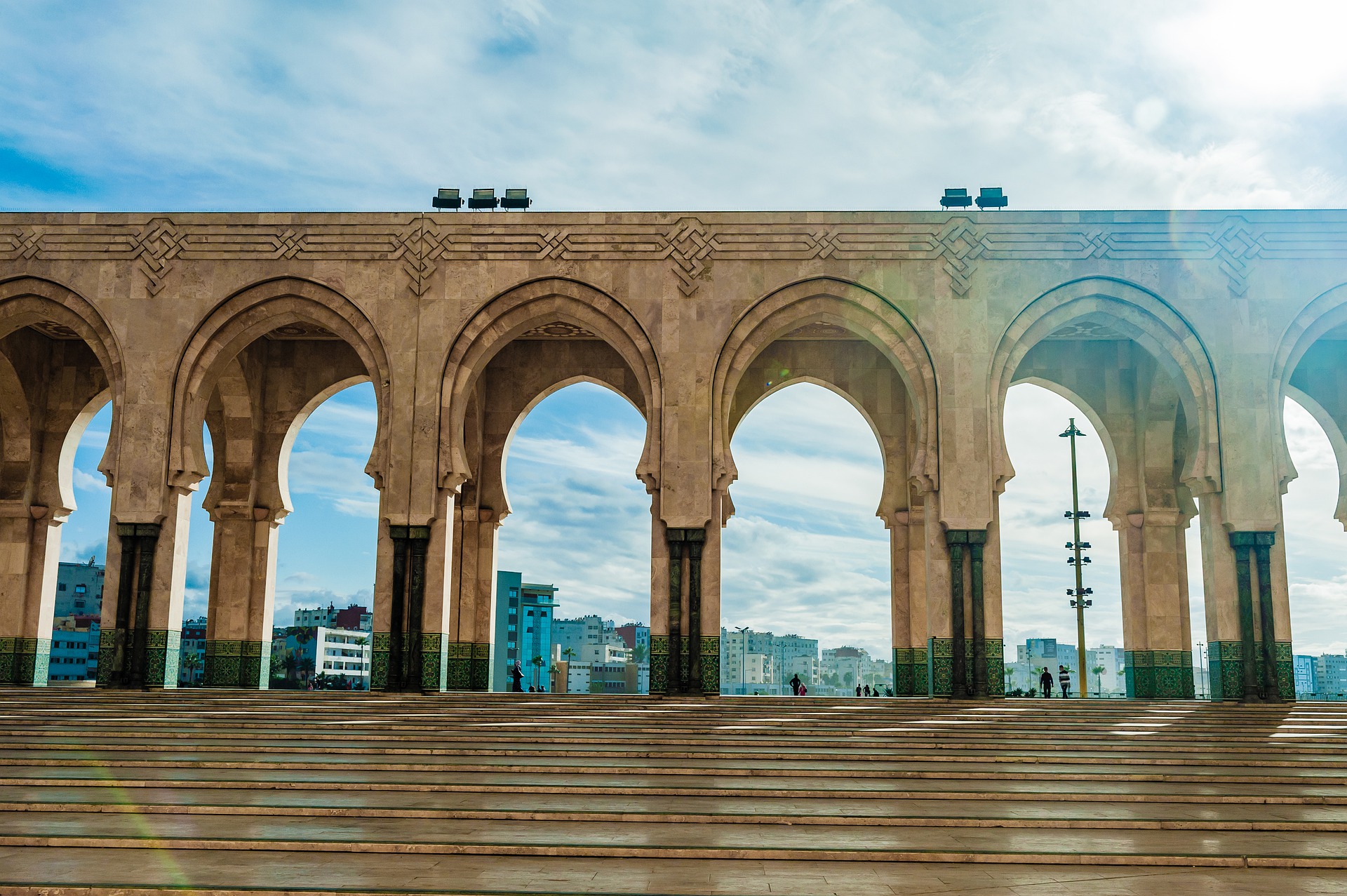
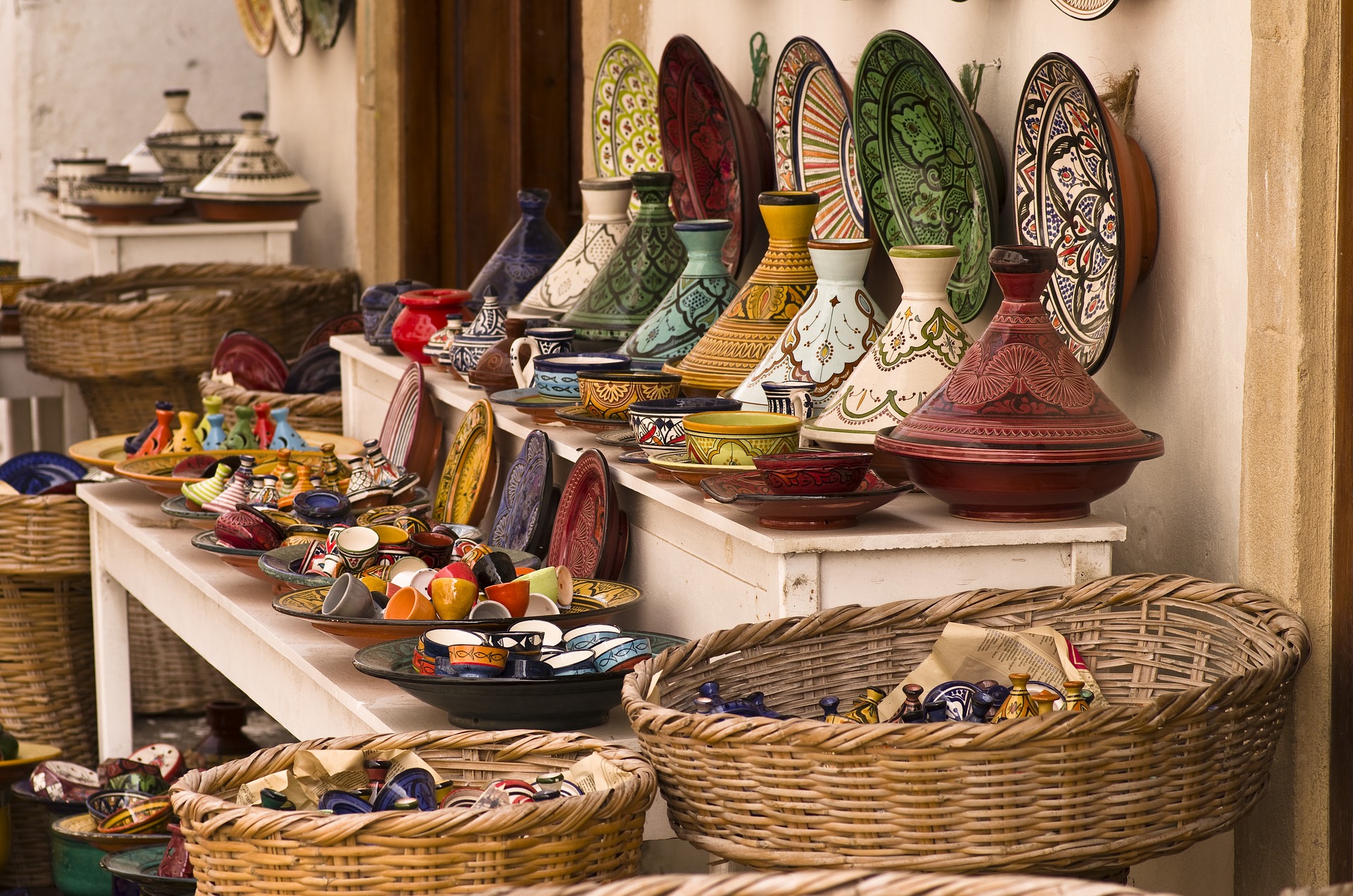
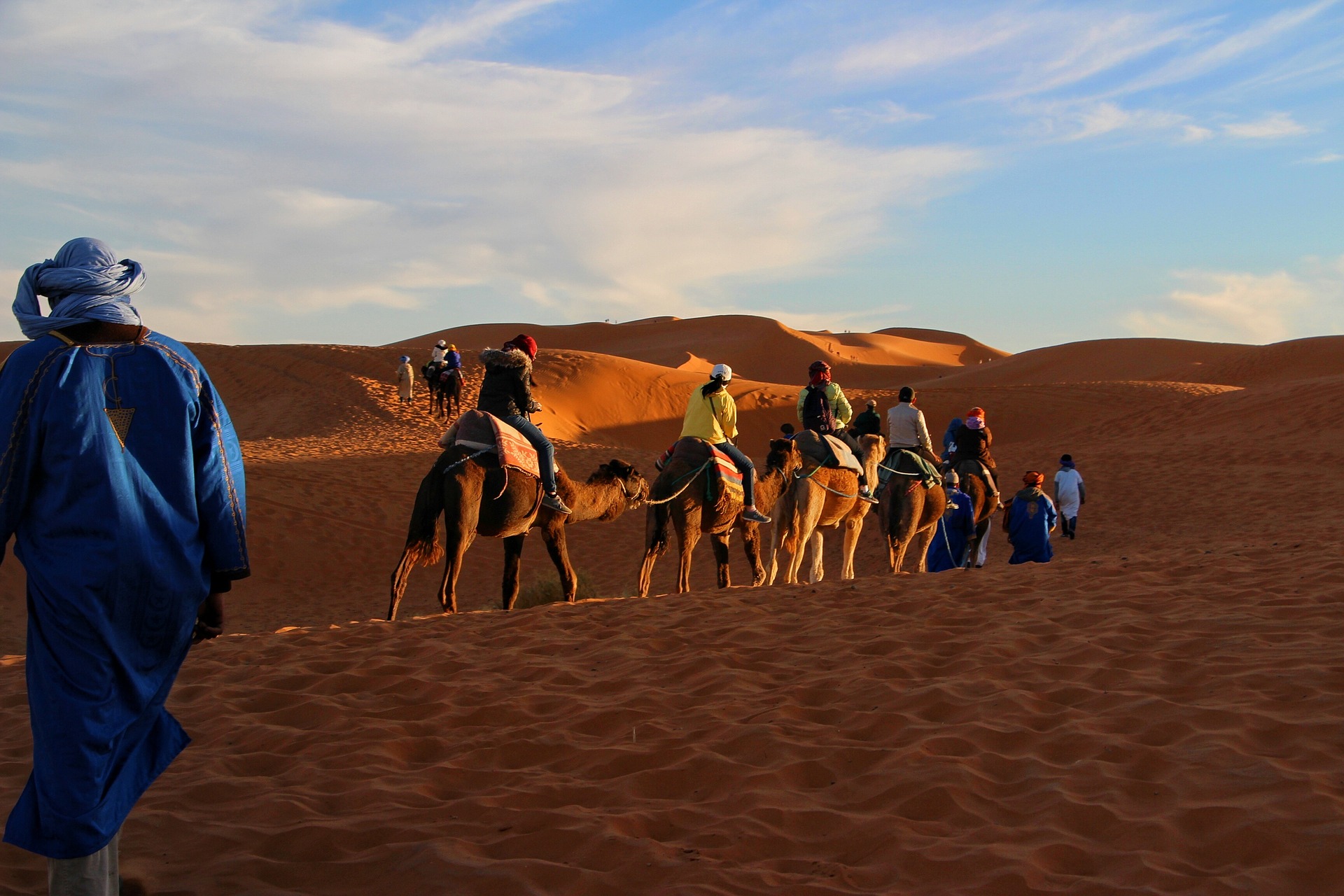

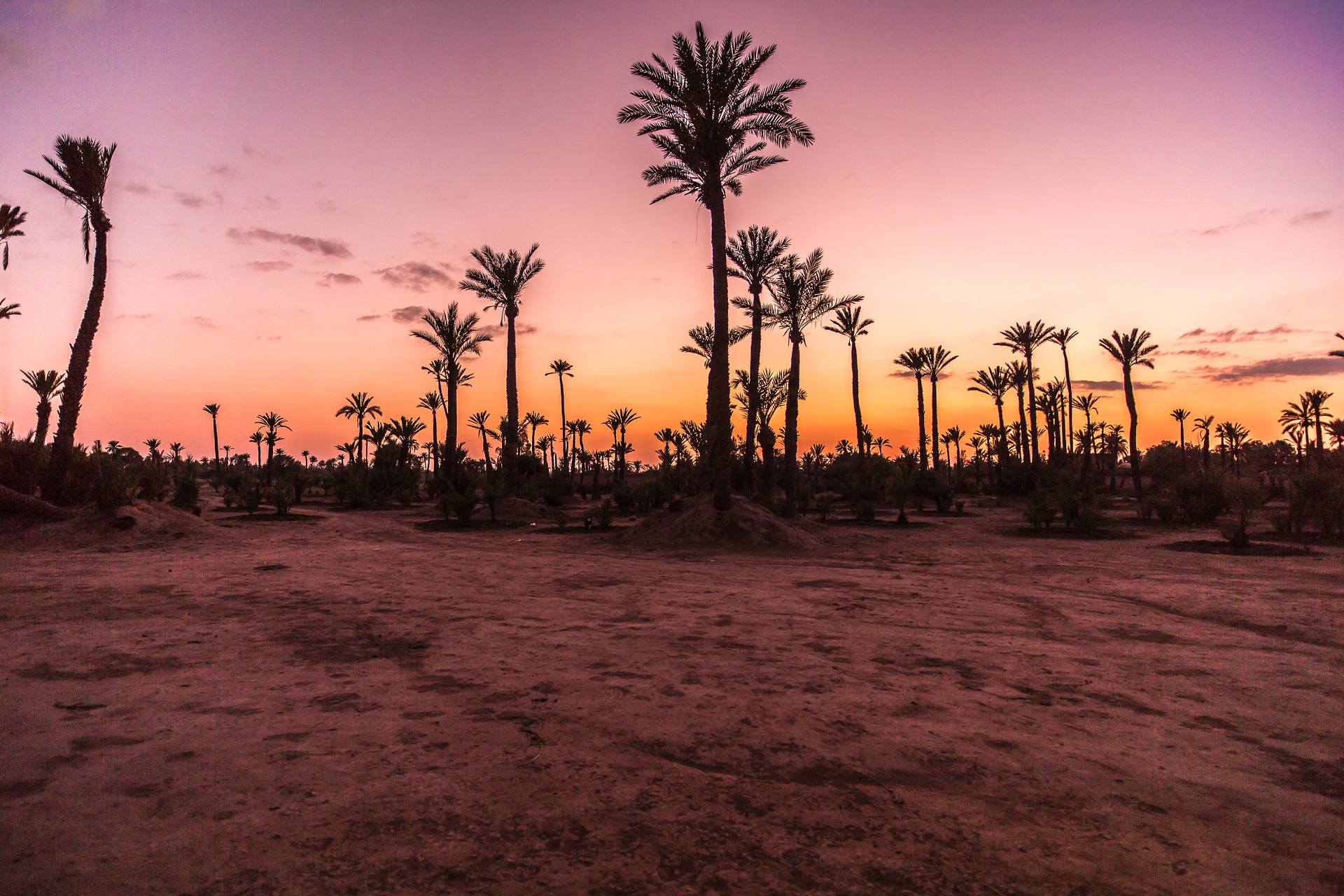




















Reviews
There are no reviews yet.